Safely Engage Patients with Communication and Entertainment Carts
Healthcare providers know how important a safe, great experience is for patients and their overall satisfaction. Providers are often looking for new...
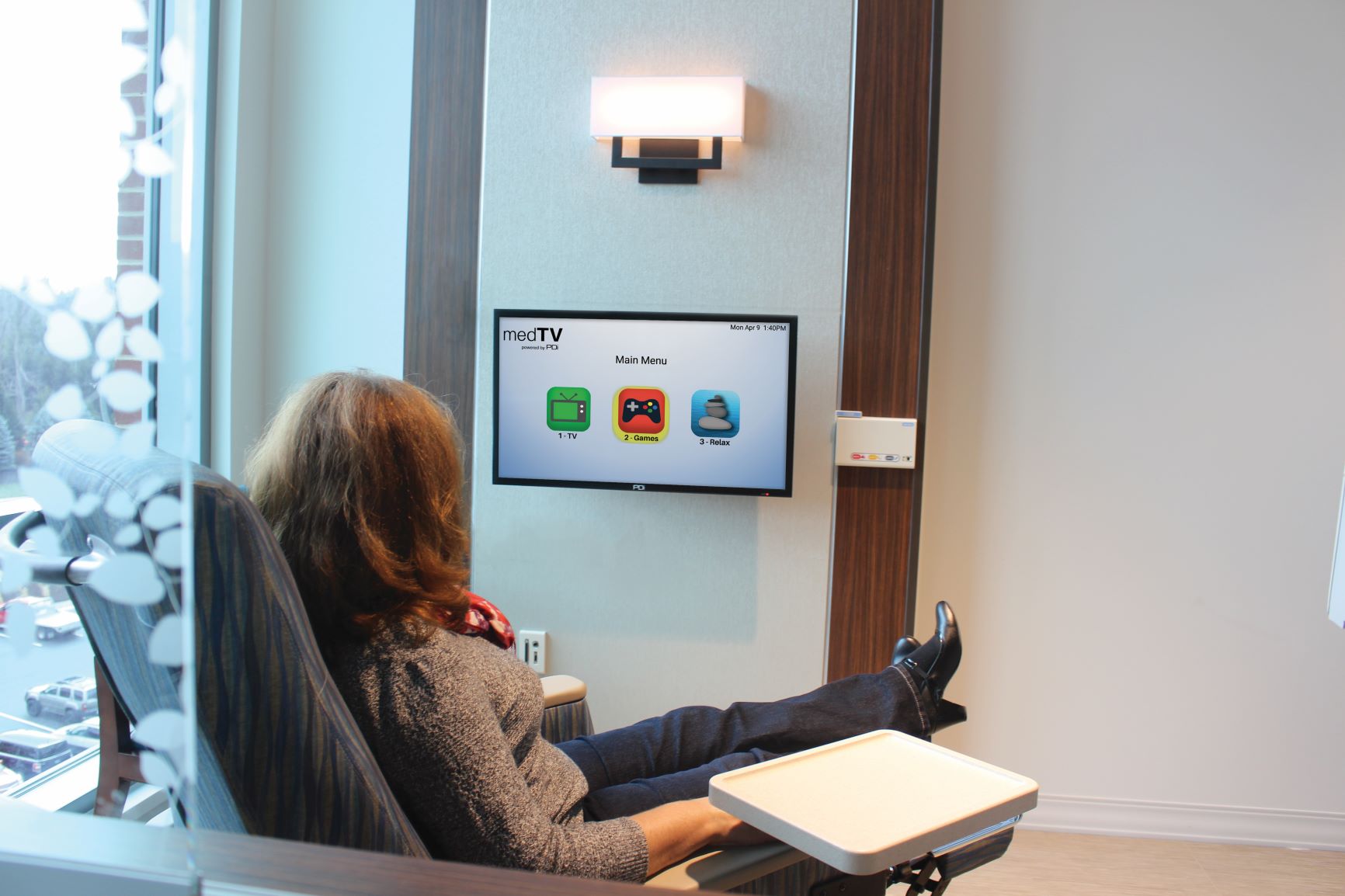
Do you subscribe to and enjoy cable or satellite TV at home? Do you use a Smart TV or a home DVD or Blu-Ray Player for extra entertainment? Do you record TV programs at home using a DVR player like TiVO? Offering your patients in hospitals or medical treatment clinics a similar expanded, convenient, user-friendly TV experience is easier than you’d think.

Communication is the heart of the patient experience. Do you realize there are three different things you can do to create a user-friendly patient TV experience that also communicates important things the patient needs to know? Let’s look at the three ways you can leverage your hospital TV technology to innovate and provide an excellent patient experience.
Many healthcare facilities create a welcome video to help patients feel more at ease at their facility. PDi ProServices can create a dedicated channel for this and other facility-specific messages. You can bring in this content via headend equipment or a link from your website. You can also use this to communicate any important brand messages that patients need to know, as well as information like daily menus and activities.
Patient education is highly valued by both patients and providers. By offering educational content, either publicly available content from YouTube or the Internet or in-house education content via a DVD player in the headend system, you can help patients feel more knowledgeable about and prepared for their health condition and treatment. This can also help increase patient engagement and improve health outcomes.
Consider creating different channel line-ups that are appropriate for each department. For instance, the Mother and Baby floor will likely have different programming than the Cardiac floor. This can also be a good way to help control any age-specific requirements, too.
At the heart of the matter, a television is an entertainment device. Whether you want to provide cable TV or something special, like games or Internet access, or leave it as basic over-the-air TV, your patients expect the television to be a source of distraction during their stay.
If the patient has an experience in their bed or chair that is like home, it’s one small bit of comfort in a place where they otherwise have little control. Sometimes patients who are very ill can feel “stuck” in the hospital for days or weeks. Believe it or not, they can become easily distressed if they can’t find the channel with their favorite show.
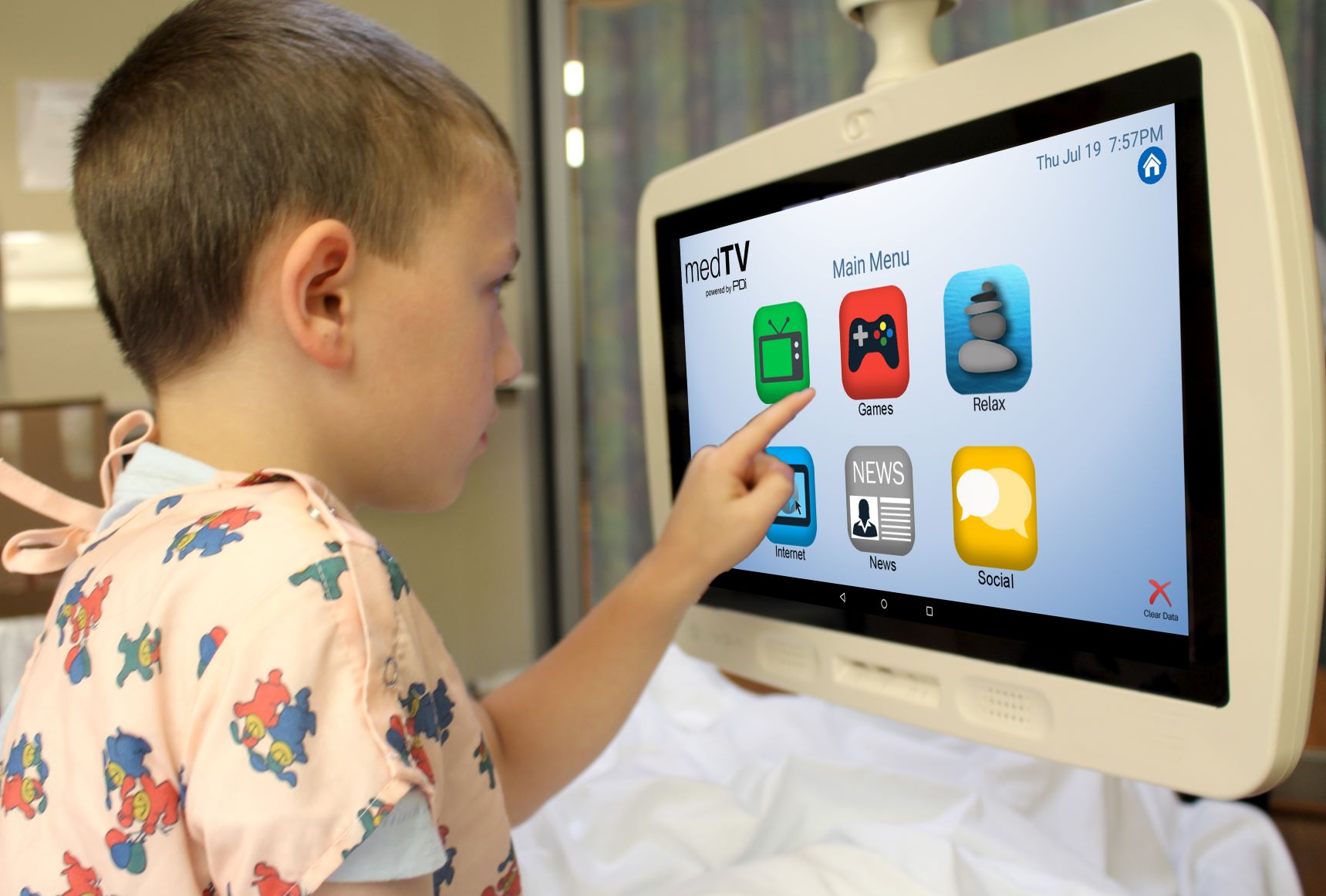
With medTV, you can make the hospital TV guide appear like the local cable channel line-up to ensure that your patients can easily find their favorite channels. This way patients can easily type in their desired channel.
Speaking of letting them find their favorite channels, it’s also important that you communicate the channel line-up to the patient in a way they can access easily. You can use the provider-based EPG, electronic program guide on the TV itself, or a laminated channel list by the bedside. Either way, give the patients the knowledge they need to control their entertainment experience.
If your televisions include a USB media player port, be sure patients know they can bring their own thumb drive with their favorite content. Make sure you do the same if you have an individual DVD player for their in-room television. Letting them bring their favorite movies can make a difference on their patient satisfaction experience.
By offering patients a way to play games or access relaxation apps you can help lessen stress and help the patient heal. Not only are many people accustomed to being able to access this type of entertainment on their personal devices, it’s also a great way to provide additional distractions and improve their experience.
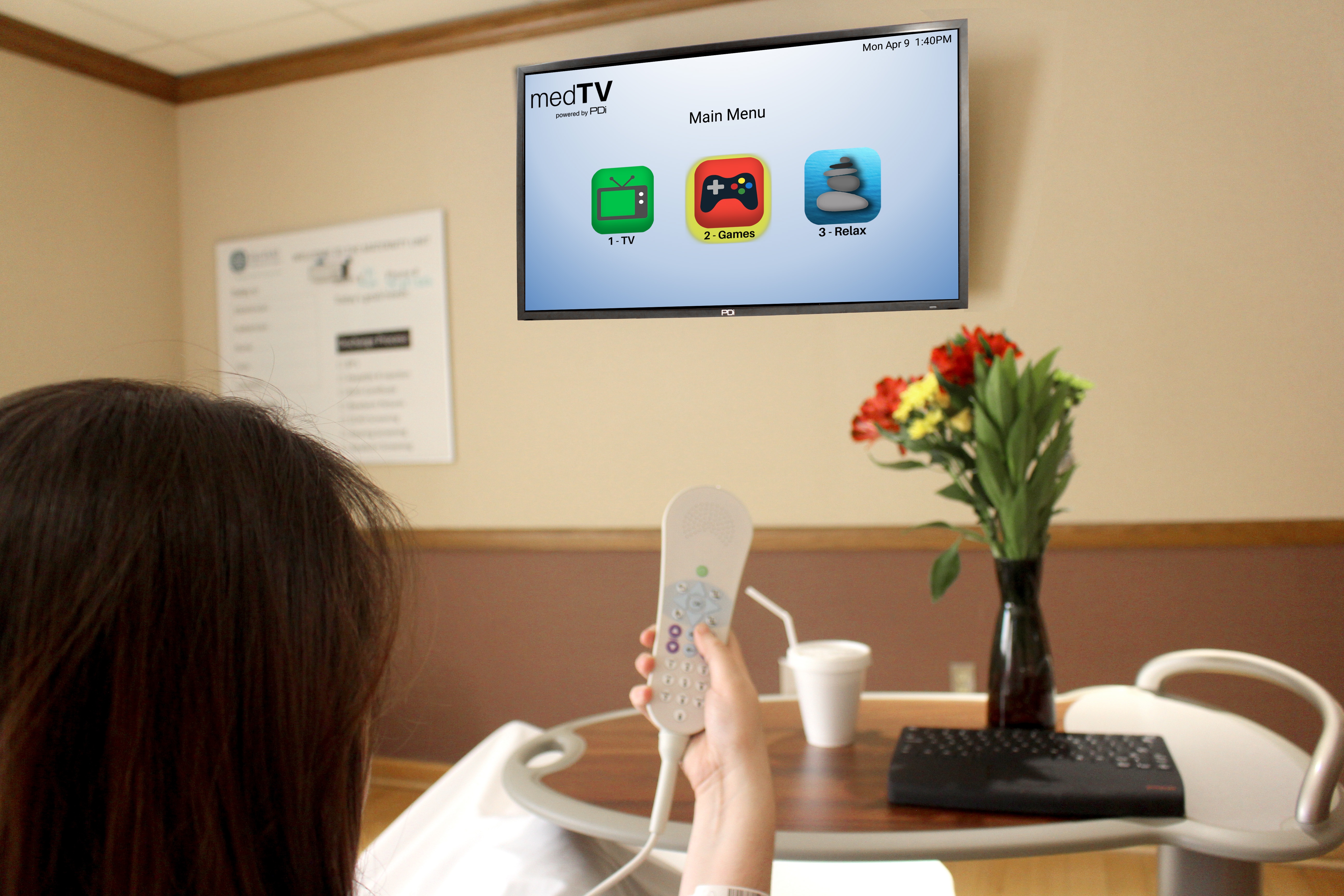
Especially if you have patients who endure long treatment hours or are long-term patients, Internet access can help them stay connected with family and friends. Your facility can even connect patient devices to the Internet on a separate network to ease security concerns of the IT staff. Offering extra entertainment or Internet access communicates to the patient that you truly care about their experience and making it easy for them to keep busy.
The more control the patient has over their everyday activities, the more they can stay engaged and feel more at ease in your healthcare setting.
PDi ProServices is ready to help you implement these steps and put together a patient experience that goes something like this:
The patient turns on the TV to first see a welcome message telling them about the unique benefits to your facility and any other important information they should know.
Then the patients have easy access to a channel line-up (either on-screen or nearby on paper) that mimics their home experience and allows them to easily find familiar TV channel programming. In addition, patients have easy access to education channels, once they are ready to watch their patient education. If necessary, these channels are customized for the patient population in a particular wing of the hospital.
The patient also has access to entertainment with games or relaxation apps to ensure that they stay distracted and satisfied throughout their stay. Finally, if you so choose, the patient has a way to stay connected with their family through the Internet to increase the home-like experience.
By providing an integrated solution for patient entertainment, education and information, you can create a home-like experience that not only increases the patient satisfaction but reminds your patients that they are at the center of their experience. Call PDi ProServices today to build a great experience for your patients.
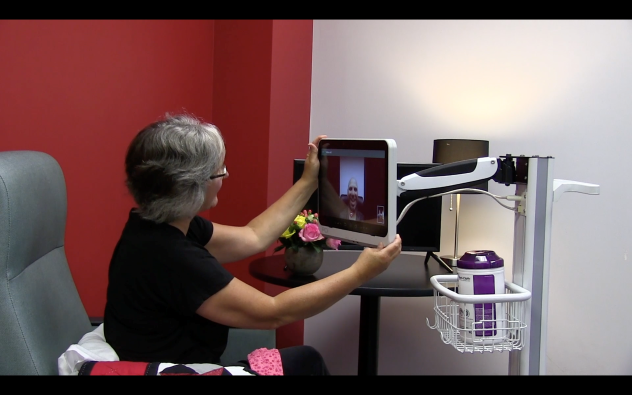
Healthcare providers know how important a safe, great experience is for patients and their overall satisfaction. Providers are often looking for new...
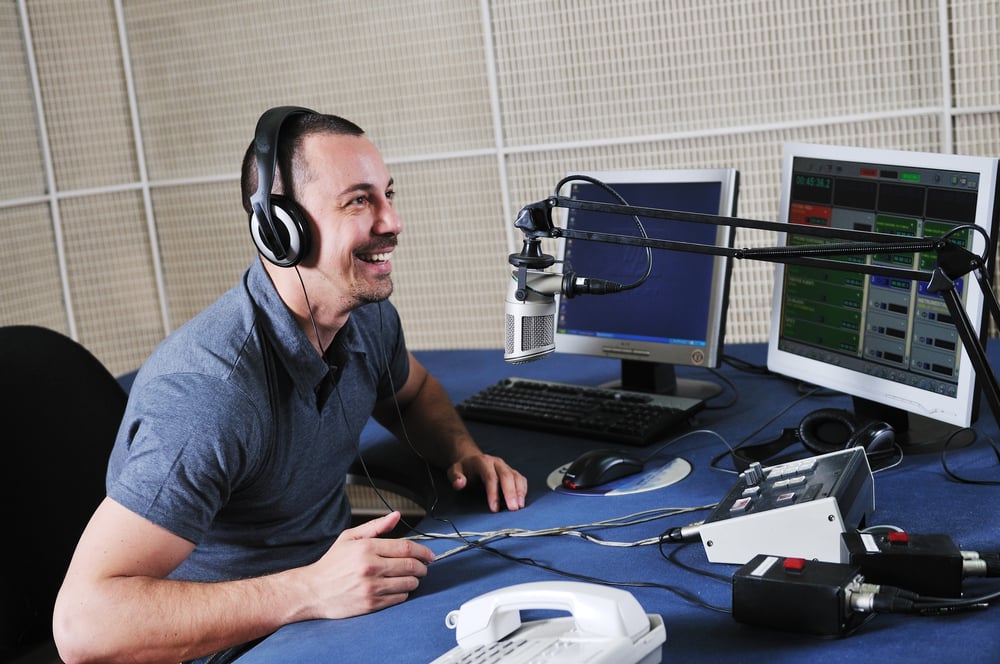
UPDATED April 15, 2022 You know that the patient experience is quickly becoming one of the most important aspects of the entire healthcare...

You already know that HCAHPS measures your patients’ interactions with doctors and nurses, their environment, overall experiences, understanding, and...